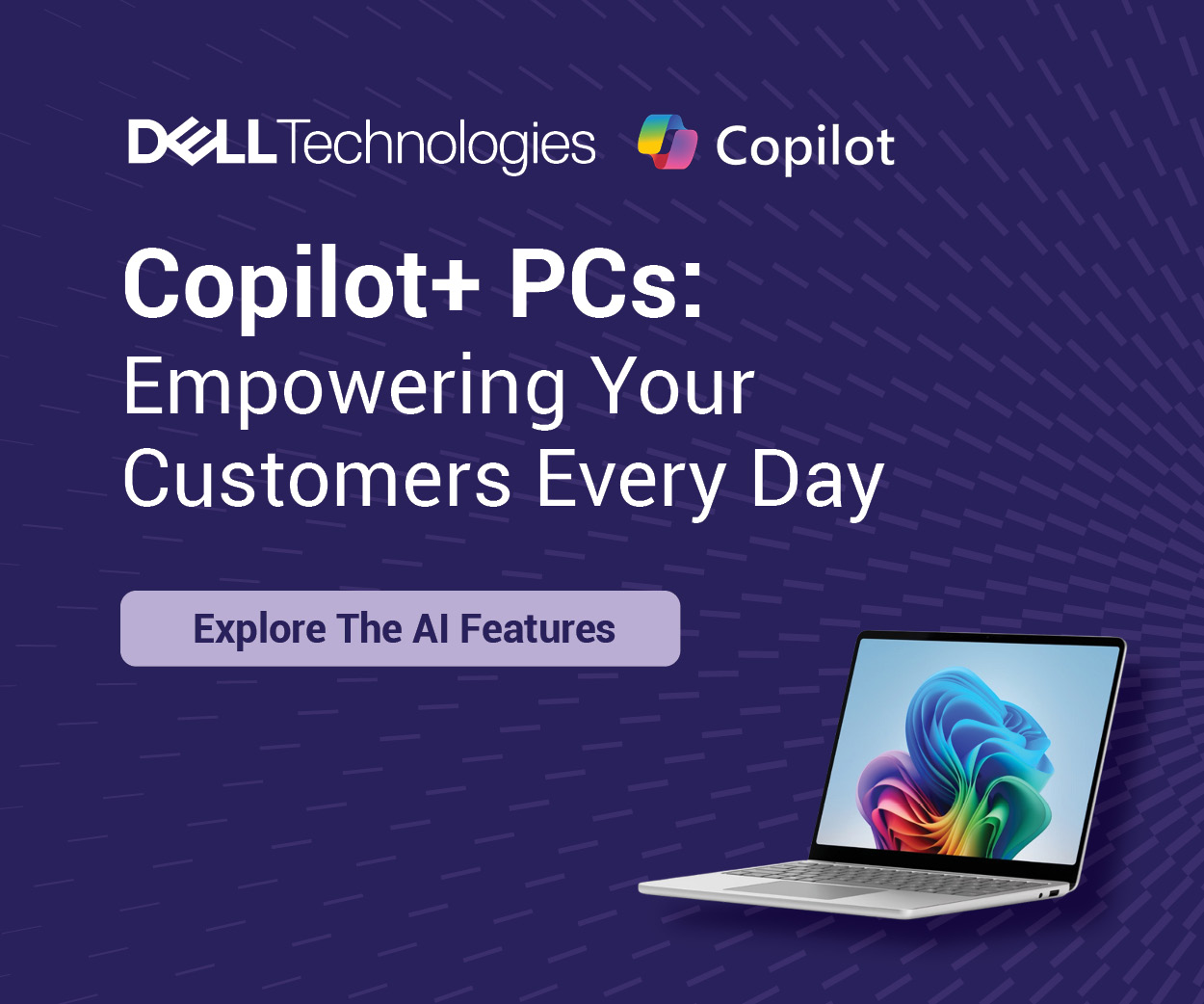The world events that have occurred over the past 18 months have forced enterprises and their IT organizations to continue to reexamine not only where, but how their employees will work. With the new hybrid workplace model firmly entrenched and with ongoing office and classroom limitations still in place, many organizations are attempting to envision what their future hybrid work and learn model should look like. Recent survey data from International Data Corporation (IDC) reports that stability and geography will define the balance of future work strategies.
From a global perspective, the physical office site is still expected to be the dominant location for work, as organizations find themselves in a more stable and "steady state" environment. What is interesting is the mix of office-based, remote, non-office, and field workers is expected to be different from region to region. The study shows that Asia/Pacific workers are more likely to prefer the physical office as a primary work location compared to the United States and Europe, the Middle East, and Africa (EMEA). In EMEA, a much higher share of survey respondents (27%) prefers remote or work-from-home as their primary work location. Meanwhile, the share of the U.S. workforce currently working remote (44%) is expected to decrease, however field and other non-office locations are becoming more preferred as primary work locations.
IDC went on to say, "The ratio of support for hybrid work opportunities within and across geographies will no doubt continue to evolve. Work primarily within office facilities, while a dominant choice, will certainly be part of a hybrid mix that will flex to address new and unforeseen challenges to organizational, political, and social instability," said Holly Muscolino, research vice president, Content Strategies and Future of Work.
Experience parity will be a key initiative for many organizations
Another aspect of these evolving hybrid work strategies is the effort to achieve "experience parity". Experience parity is defined by IDC as the ability for organizations to provide a comparable employee experience for a hybrid workforce by ensuring that all workers can securely interact with corporate resources (including people) with a consistent experience and context across locations.
While experience parity has not yet been achieved by most organizations, nearly 50 percent of the companies surveyed by IDC indicated that their hybrid work technologies, policies, and processes were "in progress" with most key resources available to remote employees with some lingering access or user experience issues. U.S. organizations have made slightly more progress toward experience parity, but considerable work remains to be done.
So why is experience parity important to solution providers? Simply put, we live and work in the digital era. As such, technology plays a paramount role in planning for, executing on, and supporting the platforms and applications that empower this desired experience and context. Are you up to date on all the new products and solutions available that help deliver on experience parity? If not, I’ll bet that your competitors just might be.













